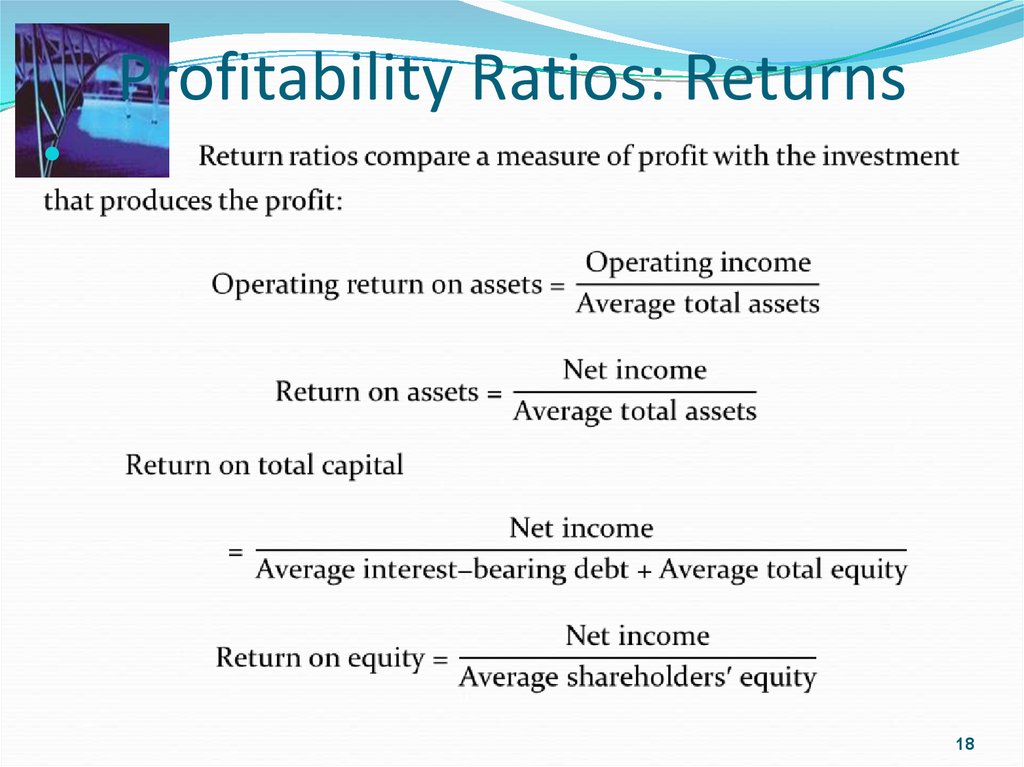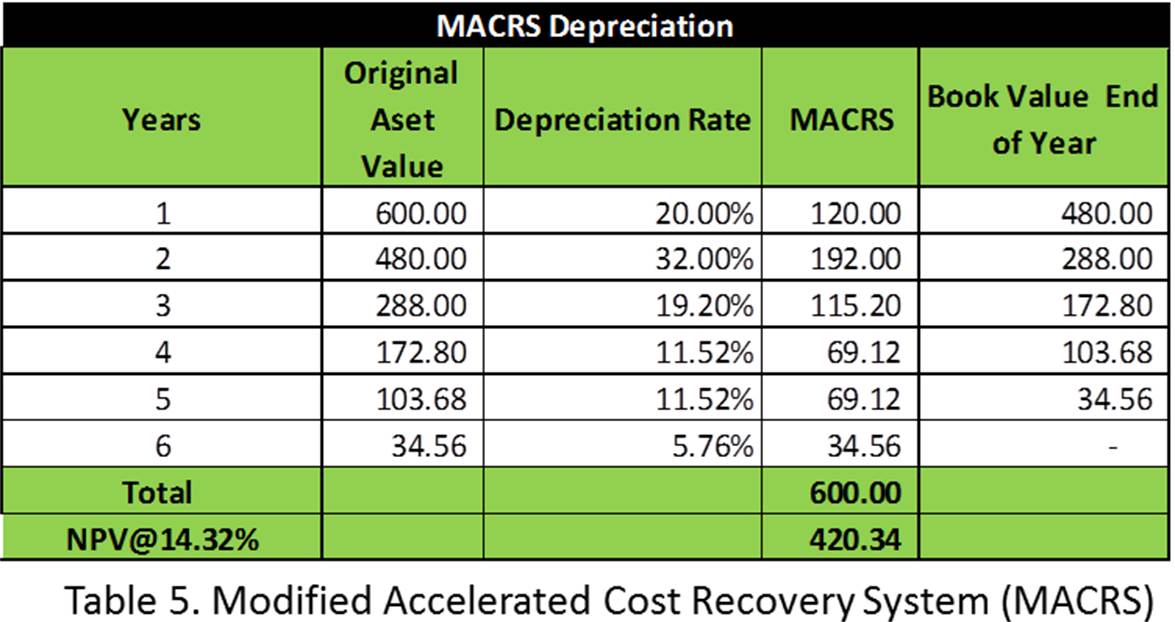Gross Profit Is Not the Same as Gross Margin Examples & Calculations
Content

You calculate it by dividing the gross profit by the revenue. Fixed CostsFixed Cost refers to the cost or expense that is not affected by any decrease or increase in the number of units produced or sold over a short-term horizon. It is the Difference Between Gross Margin and Gross Profit type of cost which is not dependent on the business activity. If you use Quickbooks, Zoho Books, or other accounting software to keep your finances up-to-date, Grow can pull data from those platforms to create a metric like the one above.

Realized margin is the actual gross profit margin you achieve after accounting for discounts and markdowns. Understanding this metric is essential for accurate financial analysis, as it reflects the true profitability of a product. For example, if the realized margin is 20%, it means that for every dollar of revenue generated, $0.20 is retained as profit while $0.80 covers the cost of goods sold. For those seeking an upscale escape, the Ultimate guide to a luxury Sarasota weekend includes staying at The Ritz-Carlton Sarasota for five-star waterfront elegance, enjoying a private yacht cruise along the Gulf Coast, and dining at Michelin-starred Selva Grill for an exquisite culinary experience. With its mix of white-sand beaches, high-end shopping, and world-class dining, Sarasota offers the perfect blend of relaxation and indulgence.
Gross Margin Formula
The gross profit margin formula is revenue minus cost of goods sold divided by revenue. Business owners use the gross profit margin formula to review their profit percentage against a competing company or the industry standard. Small business owners often spend copious amounts of time reviewing their company’s profit and income. Business owners pay close attention to this information because it relates to how well their company generates money from consumer sales. Gross profit and margin are two basic business terms relating to a company’s financial information. This information is found on the company’s income statement or internal financial reports.

They are both used to assess a company’s financial health and to compare it to other companies in its industry. As an example of how to calculate gross margin, consider a company that during the most recent quarter generated $150 million in sales and had direct selling costs of $100 million. The company’s gross profit would equal $150 million minus $100 million, or $50 million, during this period. As an example of how these margins are calculated, a business has $100,000 of sales, a cost of goods sold of $40,000, and operating expenses of $50,000. Based on this information, its gross margin is 60% and its operating margin is 10%. One business could classify certain costs as operating costs, while another might classify them within the cost of goods sold.
A quick primer on gross margin.
Capital-intensive industries, like manufacturing and mining, often have high costs of goods sold, which translates to relatively low gross margins. Others, like the tech industry, that have minimal costs of goods typically produce high gross margins. In some industries, like clothing for example, profit margins are expected to be near the 40% mark, as the goods need to be bought from suppliers at a certain rate before they are resold. In other industries such as software product development the gross profit margin can be higher than 80% in many cases. Gross profit margin is the percentage left as gross profit after subtracting the cost of revenue from the revenue.
What is a good gross margin?
It depends on the industry in which a business operates. Thirty percent, for instance, may be good for firms in one industry but poor for companies in another. To determine a good gross margin, look at industry average ratios and compare your operation’s to them.
